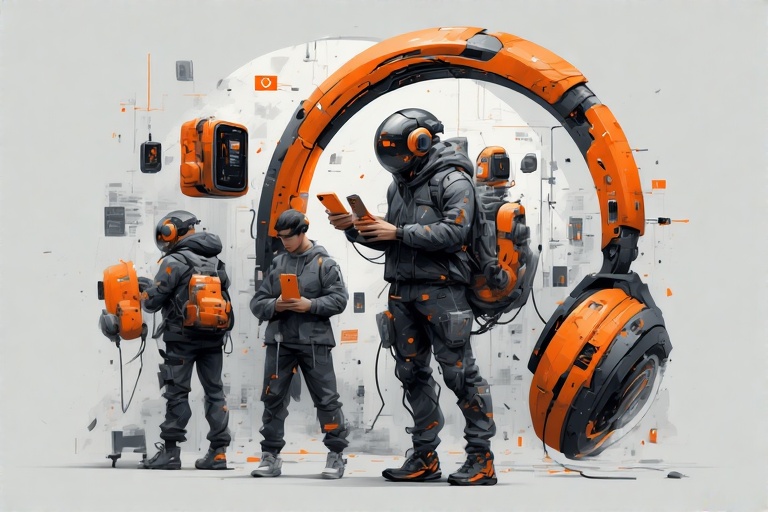After years of speculation, the Nintendo Switch 2 officially launched in June 2025, marking the next chapter in Nintendo’s hybrid console legacy. While it doesn’t reinvent the wheel, the Switch 2 refines the original formula with upgraded hardware, modest design changes, and a renewed focus on performance and backward compatibility.
Hardware and Display
The Switch 2 features a larger 8-inch IPS LCD display with 1080p resolution and 120Hz refresh rate. While the move away from OLED (present in the Switch OLED model) has drawn criticism for reduced contrast and color vibrancy, the higher refresh rate and support for Variable Refresh Rate (VRR) offer smoother gameplay—especially in fast-paced titles. However, HDR implementation is limited, with peak brightness around 400 nits, barely meeting the minimum VESA DisplayHDR standard.
Performance and Graphics
Powered by a custom Nvidia chipset with DLSS support, the Switch 2 delivers a significant leap in graphical fidelity. Games like Cyberpunk 2077 and Hitman: World of Assassination now run with improved textures and frame rates, rivaling last-gen consoles like the PS4 Pro and Xbox Series S. DLSS upscaling plays a crucial role in maintaining visual quality without overtaxing the hardware.
Design and Controls
Physically, the console is larger and closer in size to the Steam Deck, though thinner. The new Joy-Con 2 controllers attach magnetically rather than via rails, offering a sturdier and more ergonomic grip. Despite the increased size, the console remains comfortable for extended handheld sessions.
Software and Compatibility
Nintendo has emphasized backward compatibility, with most original Switch titles running better on the new hardware. Select games offer paid upgrades for enhanced visuals and performance. The launch lineup includes exclusives like Mario Kart World and Donkey Kong Bananza, alongside upgraded editions of Zelda: Tears of the Kingdom and Metroid Prime 4: Beyond.
Conclusion
The Nintendo Switch 2 doesn’t aim to compete with the raw power of PlayStation or Xbox. Instead, it doubles down on versatility, portability, and a curated gaming experience. While the display and HDR implementation leave room for improvement, the performance gains and ecosystem continuity make it a worthy successor for both new players and longtime fans.







Add a Comment